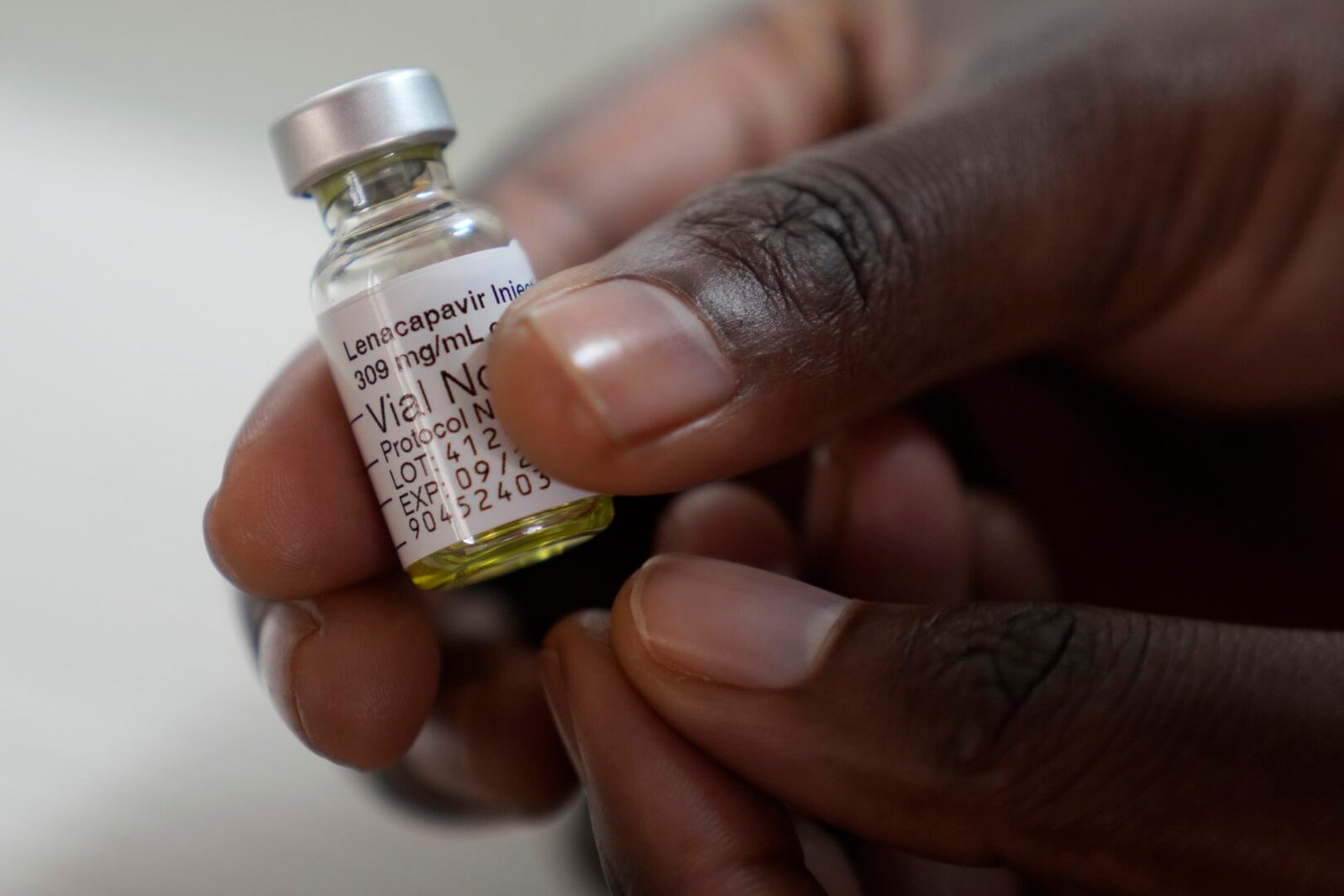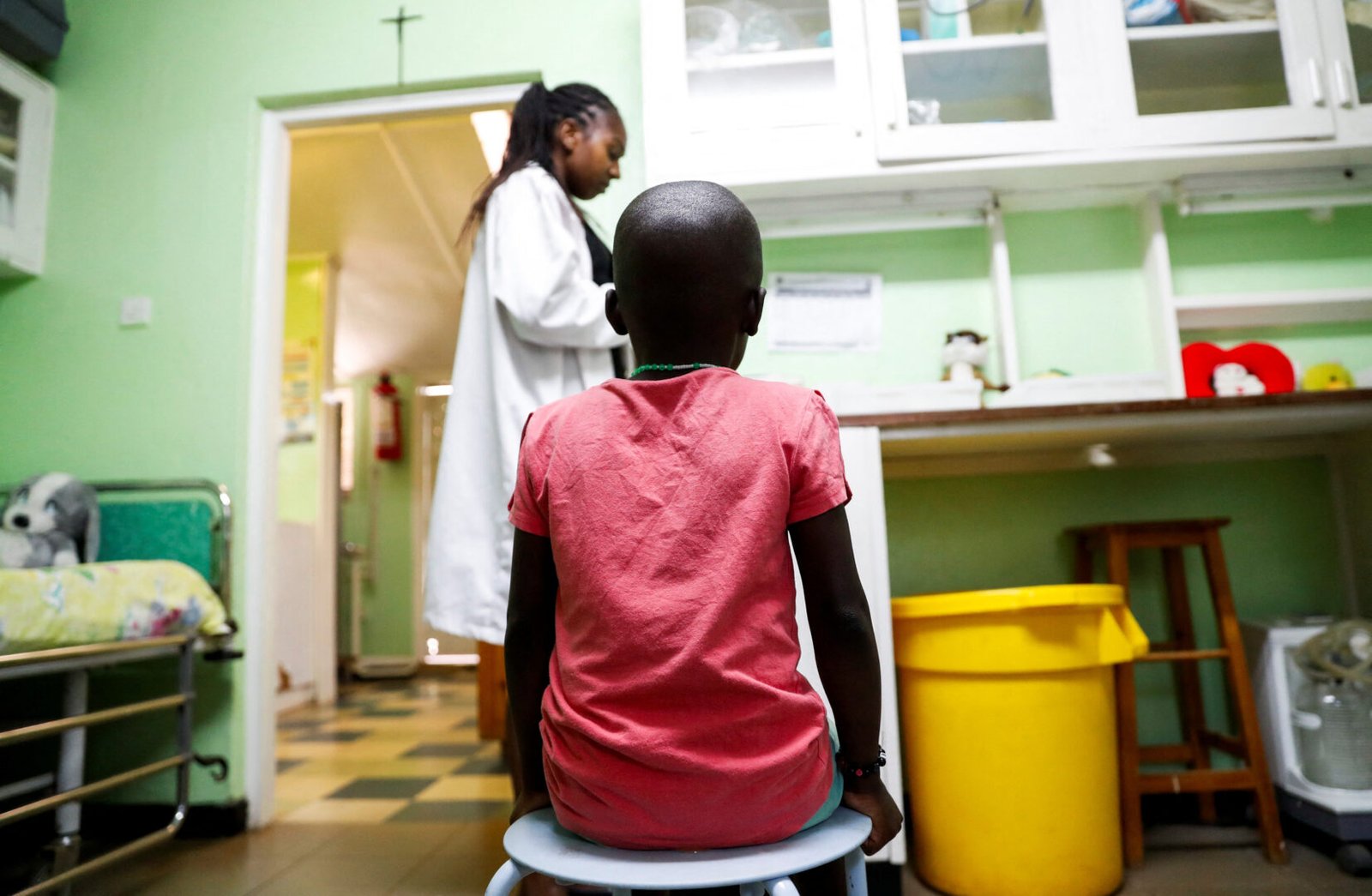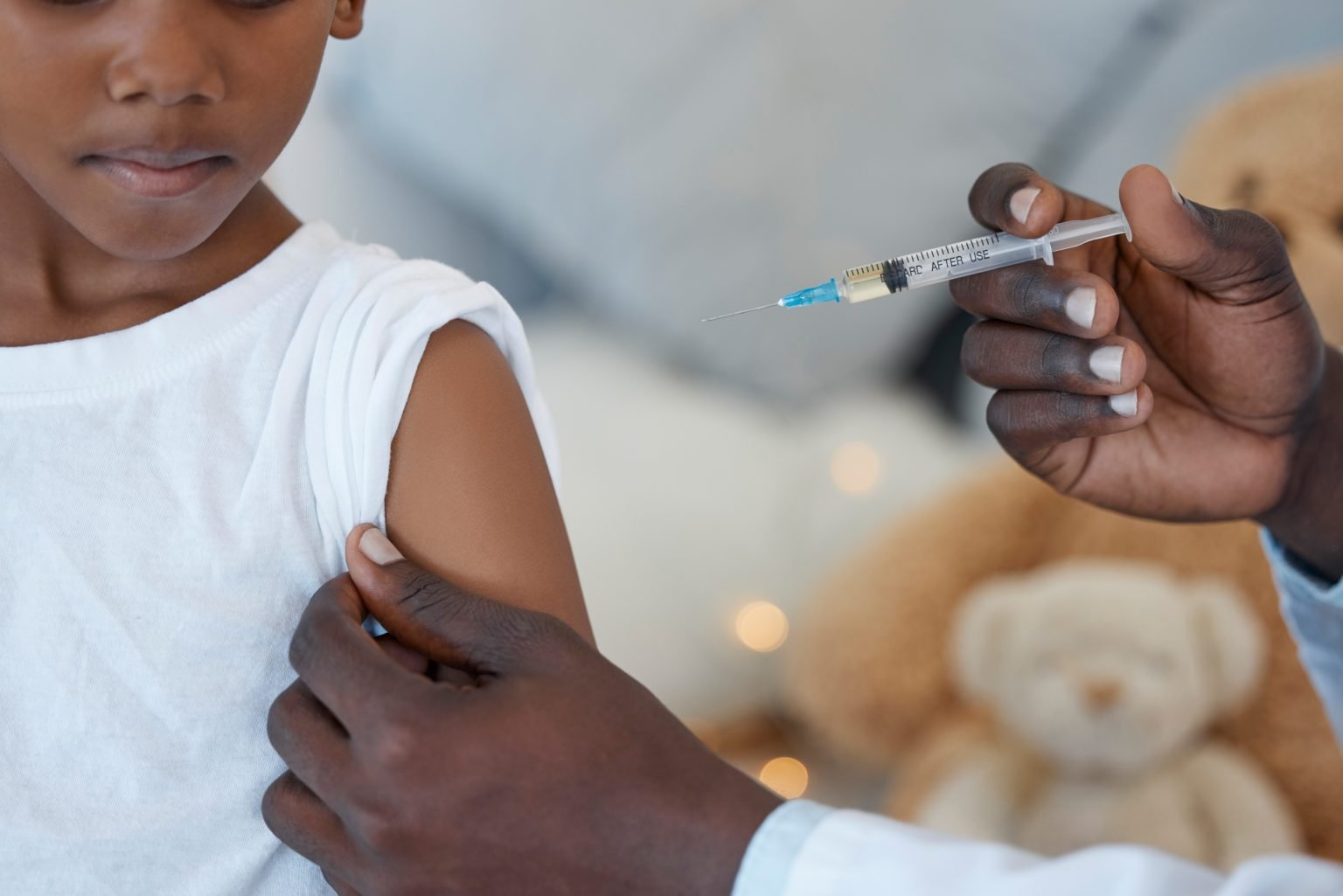NAIROBI, Kenya — For decades, HIV prevention has often relied on daily oral medication, a routine that many found challenging to maintain discreetly. That landscape is now set to undergo a revolutionary transformation with the advent of a long-acting injectable shot, requiring only two doses per year.
This medical breakthrough represents not just scientific progress but a profound personal shift for individuals, offering reduced stress, enhanced privacy, and freedom from the constant reminder of risk or past trauma.
For young people, mobile workers, and those navigating the persistent stigma associated with HIV in their homes or public spaces, this new prevention method is nothing short of monumental.
Significantly, Kenya is at the forefront of this global shift, standing as one of only nine countries worldwide selected to introduce this innovative injectable HIV prevention shot.
The nation is actively preparing for its widespread rollout by January 2026. For the first time, HIV prevention feels as empowering as it is effective.
Protection without pressure: The science of Lenacapavir
Unlike existing HIV treatment drugs, this new injectable shot is not intended for individuals already diagnosed with HIV.
Instead, it serves as a pre-exposure option, specifically designed to protect people who are HIV-negative but are at risk of acquiring the virus.

While daily oral Pre-Exposure Prophylaxis (PrEP) pills have proven highly effective, their daily regimen hasn’t always been practical, often clashing with the complexities of daily life.
The scientific evidence supporting the new injectable form of pre-exposure prophylaxis (PrEP), known as Lenacapavir (also identified by its brand name Yeztugo), is compelling. In rigorous clinical trials involving over 2,000 participants, a remarkably low number of only two new infections were recorded.
Crucially, no new infections occurred among African women and adolescent girls, groups that have historically been underserved and often left behind in traditional HIV response efforts. This injectable offers individuals a simpler, longer-lasting alternative.
No more hiding pill bottles, no more daily alarms. Just two discreet clinic visits a year. For many, that truly marks the difference between enduring peace of mind and persistent worry.
Changing HIV conversations: A path to autonomy and reduced stigma
Stigma remains one of the most significant barriers to effectively ending the HIV epidemic. Over the years, numerous campaigns, school programs, and even popular music have endeavored to shift public attitudes and foster acceptance.
Messages disseminated in classrooms and lyrics played on radios have consistently encouraged young people to get tested, speak openly, and demonstrate empathy.
However, the pervasive nature of stigma runs deeper than mere posters and songs; it manifests in whispers, judgment, and fear.
This is precisely why a more private prevention method – something invisible and unspoken – holds the potential to fundamentally alter the narrative surrounding HIV.

This injectable empowers individuals to protect themselves without needing to disclose anything they are not ready to share.
That quiet autonomy, the ability to take control of one’s health discreetly, might achieve more in the fight against stigma than any public billboard ever could.
Also Read: Kenyan scientists unveils new HIV treatment regimens tailored for Africa’s aging population
The cost of this groundbreaking treatment has been a concern, but it is actively being addressed.
Through strategic partnerships and royalty-free agreements, the price of the shot, once financially out of reach for many, could potentially drop to as low as Ksh 5,200 per year in Kenya. This represents significant progress towards accessibility.
With Kenya’s current HIV prevalence standing at 3.7%, and over 1.4 million people already receiving care, this next major step in prevention brings renewed hope.
It’s not merely about preventing new infections; it’s about fundamentally shifting how people live, love, and talk about HIV – transforming the narrative from one of fear to one of freedom and empowerment.

